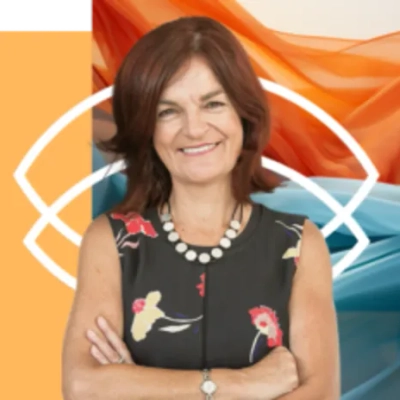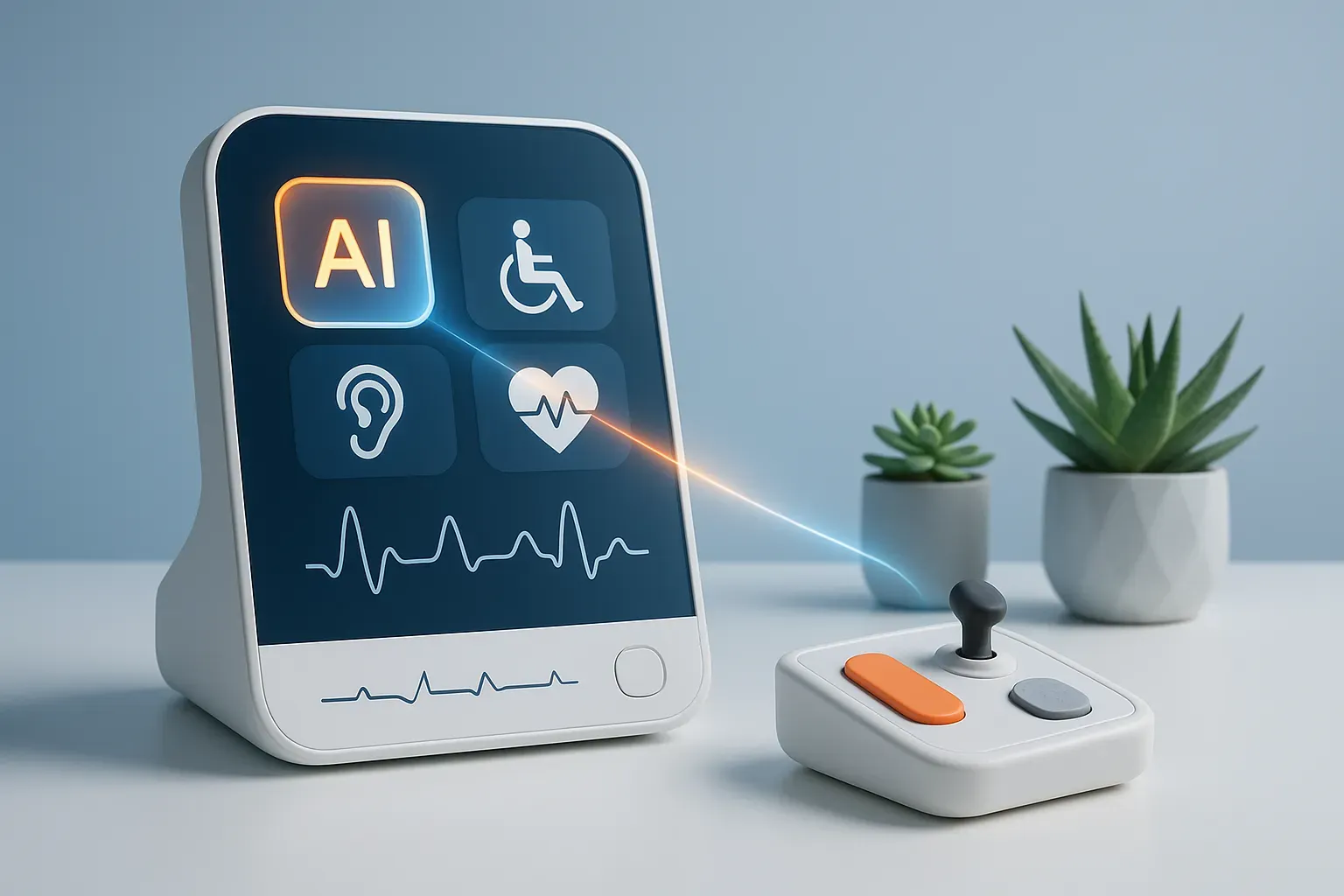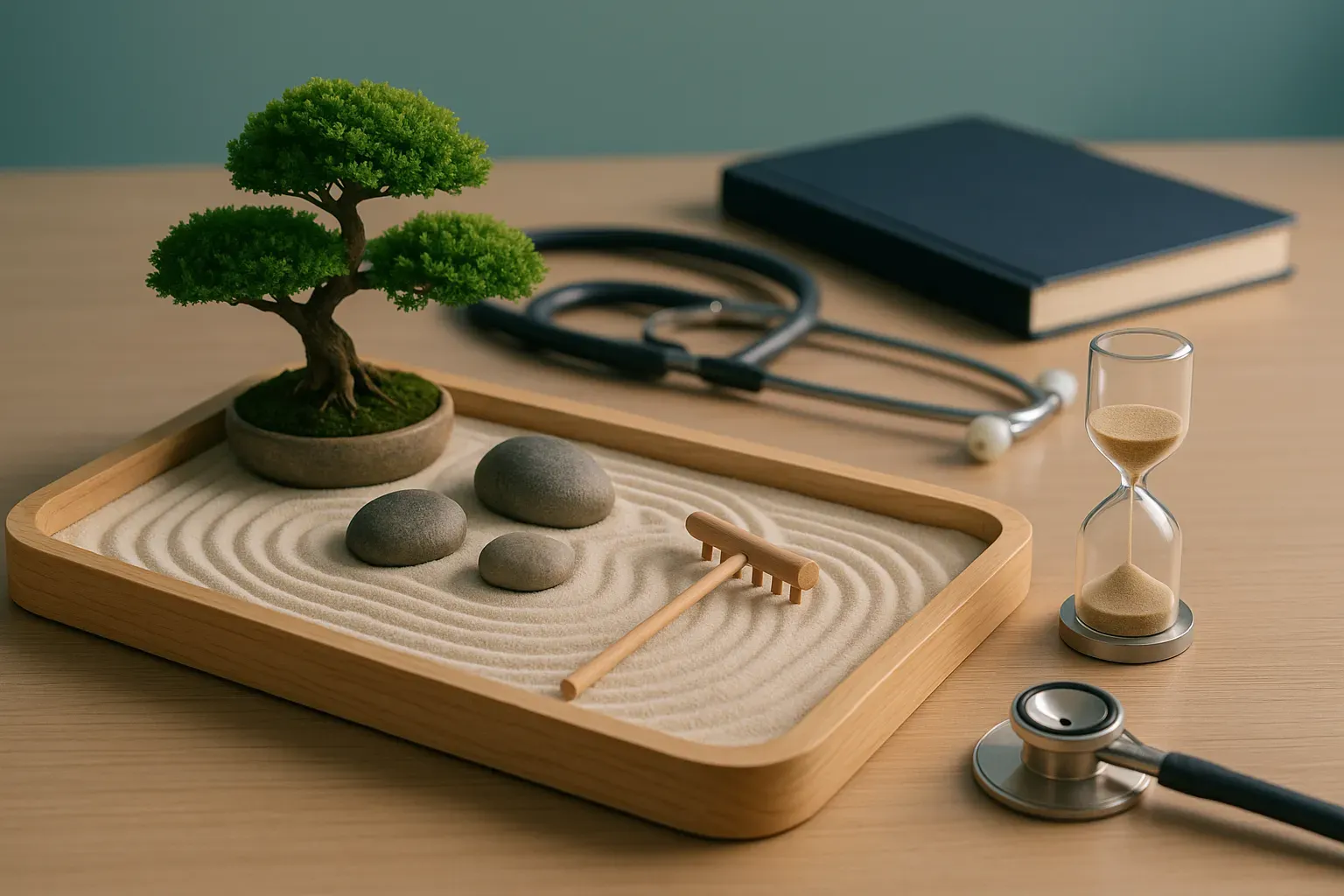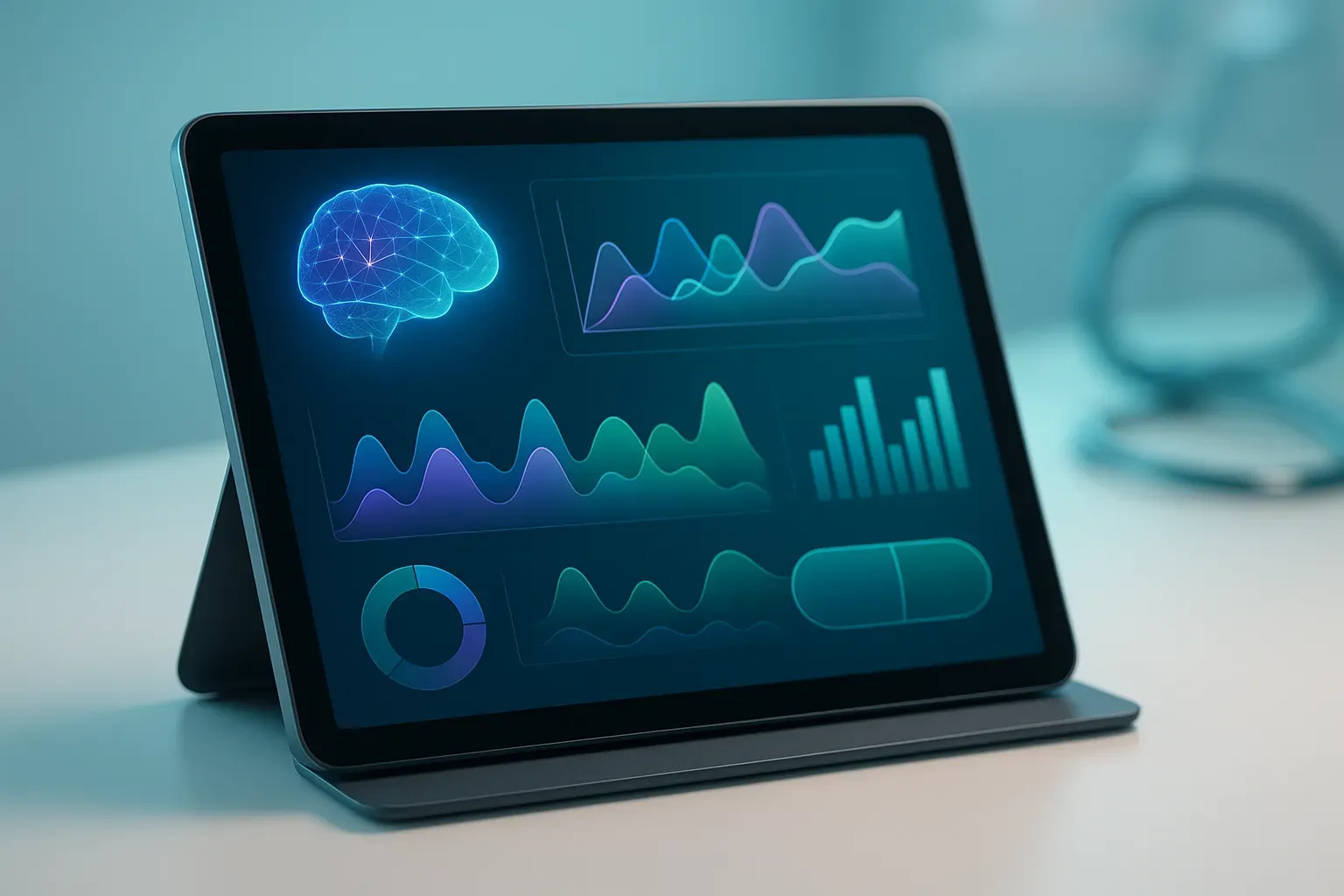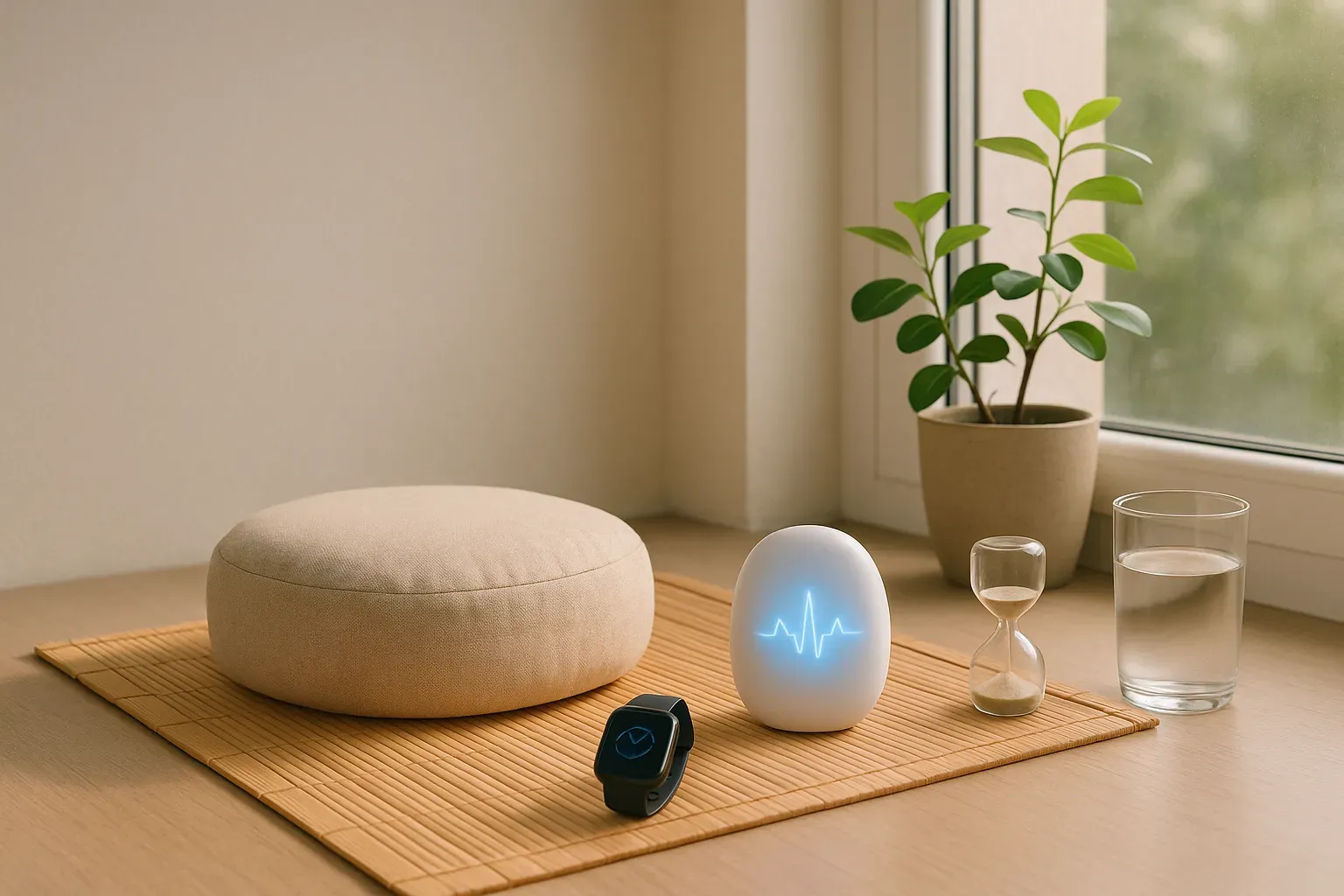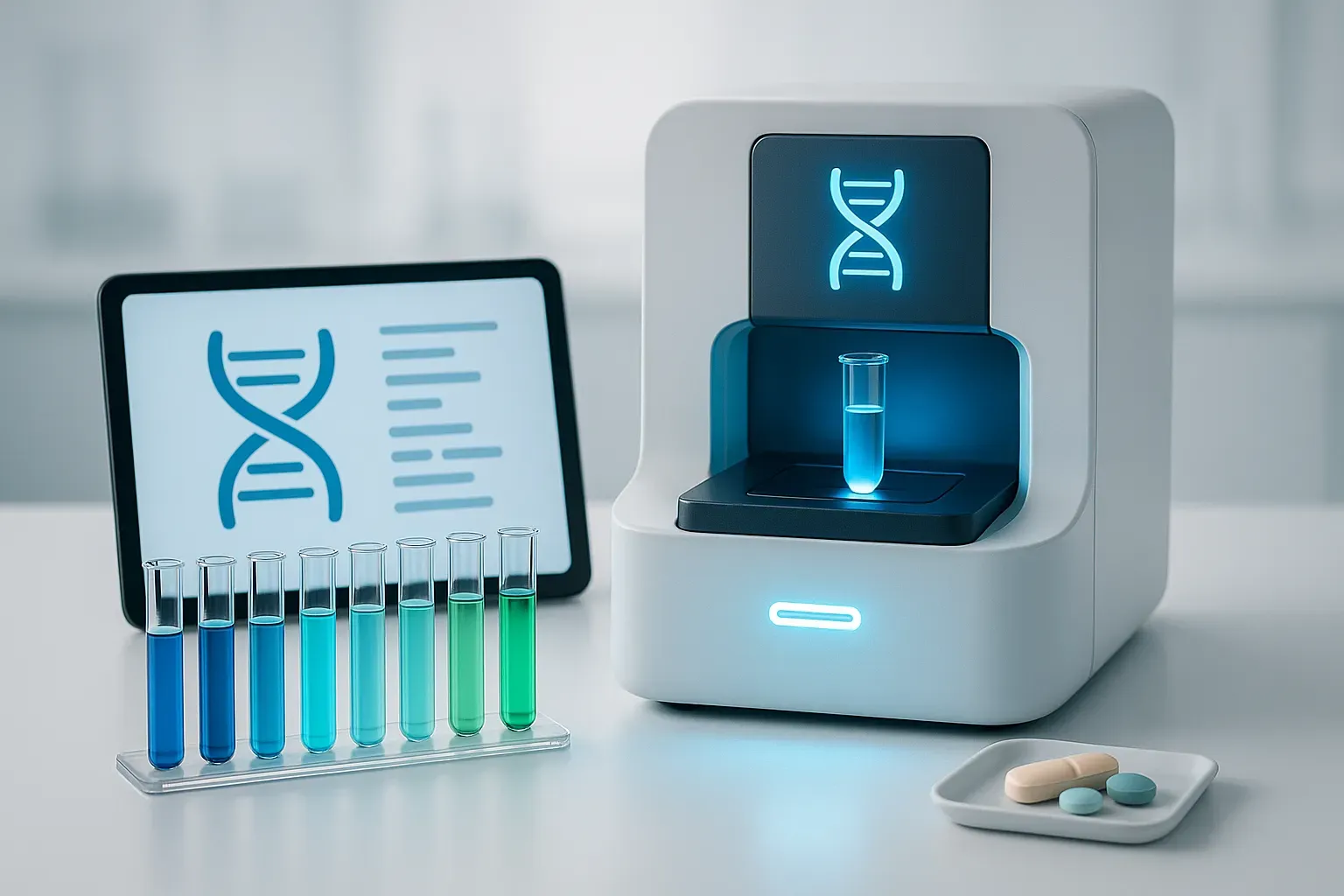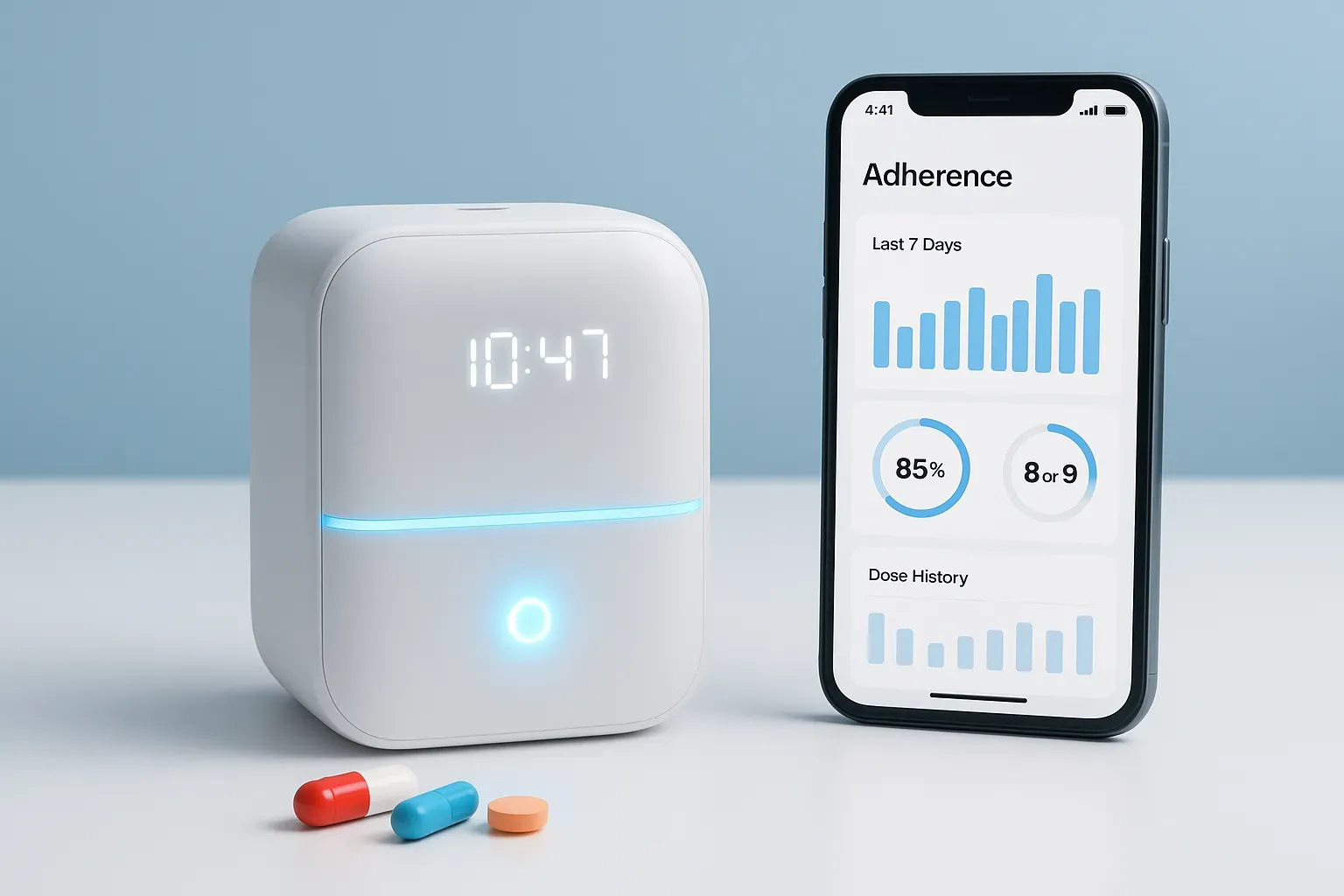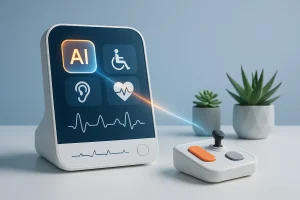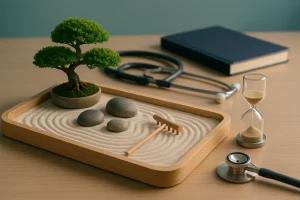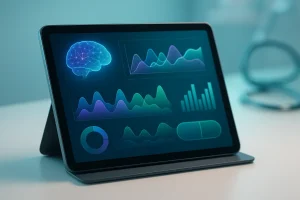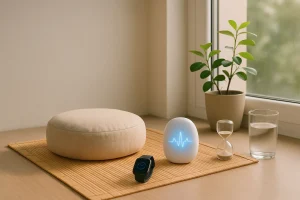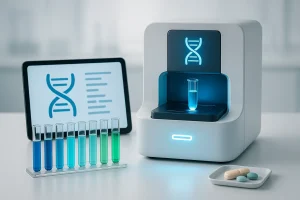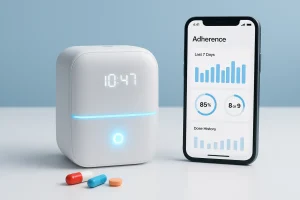This comprehensive guide showcases proven digital health strategies that improve health literacy across multiple areas, from mental health accessibility to diabetes management. Leading healthcare professionals share their effective approaches for using technology to enhance patient understanding and engagement. These expert-backed tactics demonstrate how digital tools can transform complex medical information into accessible knowledge for everyday health decisions.
- Mobile Visual Tools Transform Medical Images
- Social Media Campaigns Promote Urological Screening
- Online Communities Reduce Menopause Stigma
- Myth-Busting Videos Counter Harmful Online Information
- App Plus Community Support Improves Diabetes Understanding
- Interactive Kiosks Bridge Awareness to Action
- Digital Workshops Make Mental Health Accessible
- Health Literacy Dashboards Track Educational Progress
- Social Media Videos Simplify Medical Information
- Phone-First Lessons Meet People Where They Are
Mobile Visual Tools Transform Medical Images
While I worked as a research associate for a research on prevalence of atherosclerosis in young adults, also known as PAK-Sehat, we used digital tools to turn imaging into understanding. After CT angiograms/CIMT, each participant received a one-page, plain language summary on their phone with a color-coded risk graphic, a video on what lipid profile and cholesterol are, and a tappable checklist for diet, activity, and follow-up labs. We scheduled text reminders for lipid testing and clinic reviews, and invited questions by voice note so even low-literacy participants could engage. That simple, visual, mobile-first approach noticeably boosted awareness and follow-through on lifestyle changes and statin discussions.
What worked best wasn’t the gadget, it was the layered model: simple devices + local-language micro-content + teach-back + a predictable human touchpoint. Keep actions bite-sized, make the next step obvious, and close the loop every week. That’s how digital health becomes health literacy, not just another app on a phone.
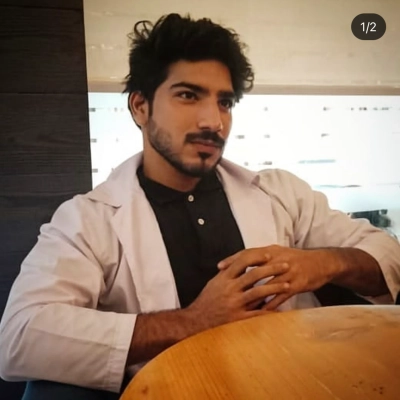
Social Media Campaigns Promote Urological Screening
I am continuously using digital health to promote awareness and encourage screening for urological conditions. Continually, I try to educate patients to take care of their health. Using ongoing social media campaigns, webinars (answering patients’ questions and giving directions), and motivating people through blogs and articles has shown me that I am improving health literacy.
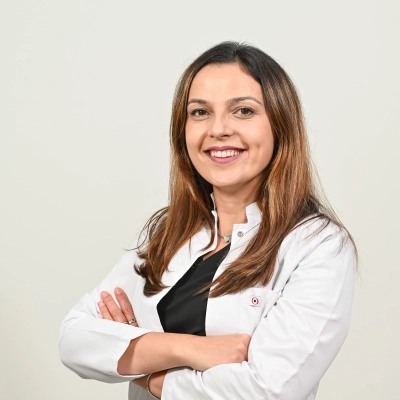
Online Communities Reduce Menopause Stigma
One of the most effective strategies we’ve used is fostering online community among our patients. The fact that all of them are at a similar stage in life and dealing with similar conditions means that they can function as a great support group and sounding board for different potential remedies. Menopause is also a condition that has a lot of unnecessary shame attached to it, and this helps to cut through that.

Myth-Busting Videos Counter Harmful Online Information
The digital health literacy project that has made the biggest impact is our “Mental Health Myth-Busting” social media campaign, which works to counteract the harmful information teens are exposed to on apps like TikTok and Instagram. When I witnessed adolescent clients walk through our clinic door with highly incorrect facts about mental health disorders that they’d garnered on the Internet, I knew that we needed to start meeting families where they were already receiving health information — on their phones.
We created a fleet of 60-second educational videos with licensed therapists showing how to cope, explaining the warning signs of serious mental health conditions, and busting common destructive mental health myths. The approach that worked best was using the same format as the viral mental health content except that it presented clinically correct information from licensed professionals.
One video about the difference between sadness and depression racked up more than 40,000 views and led to many calls from parents who said they learned when their teen was in need of help — and when they were simply sad, “as teenagers are.” School counselors from several districts also shared a video demonstrating proper grounding techniques when having a panic attack.
A great win was launching a digital resource center that is shared on all of our social media content so our families have access to information on verified mental health resources and local treatment places (by city and state, as well as emergency numbers). The content was broken into groups by age and category of symptoms to make it easy for people to find information from a reliable source.
We tracked our success through web statistics, social media activity, but most importantly, through new client inquiries that cited our connected content as inspiring their interest. 30% of our intake calls within the first six months after we set up our online health literacy reported that they learned about us because they googled us and wanted help with their child’s health situation. Parents were asking more educated questions, teens were coming to treatment better prepared, and families were coming into a new experience (family therapy) with grounded expectations.

App Plus Community Support Improves Diabetes Understanding
Example of how digital health is used to improve health literacy:
In my community, we rolled out a basic app for diabetics which they use to better understand their condition. The app was not complex; it used simple language, pictures, and also we included the main languages people spoke at home. We did more than just share information—we also reminded users about their medication and doctor’s appointments which improved their adherence. What we did saw the best results.
Most effective approach:
What we saw was that the app paired with community health workers’ support was most effective. The app provided easy access to information, but having someone they knew to turn to who also answered their questions made the interaction very personal and very trustworthy. That mix of technology and human element was what helped people learn and stay motivated.

Interactive Kiosks Bridge Awareness to Action
I partnered with a local community center to launch a series of interactive digital kiosks focused on basic health literacy. Each kiosk featured short videos on nutrition, exercise, and managing chronic conditions, paired with simple quizzes to reinforce learning. I tracked engagement metrics over three months and noticed people spent more time on topics they could interact with directly, like meal planning simulations. The most effective approach combined clear visuals with real-time feedback, allowing participants to immediately see the impact of their choices. This hands-on, technology-driven method sparked conversations in community workshops and even led some participants to schedule check-ins with local clinics. I learned that digital health works best when it’s interactive and locally contextualized, bridging the gap between awareness and action.

Digital Workshops Make Mental Health Accessible
I’ve used digital health tools extensively in my work as a trauma-informed parenting coach, and one of the most powerful things I’ve done is build free, accessible online workshops that break down complex mental health concepts into real, relatable language for parents. I found that a lot of parents in my community didn’t necessarily struggle with access to information—they struggled with *understanding* and *trusting* it. So I knew I had to meet them where they were.
I created short videos and digital guides that explained things like emotional regulation, attachment theory, and trauma responses—not with clinical jargon, but through real stories, everyday examples, and visuals. I also hosted live Q&As through Instagram and Zoom where parents could ask vulnerable questions anonymously. That helped reduce stigma *so much.*
The most effective approach for me was combining storytelling with science—when people *feel* understood, they’re more open to learning. That’s what actually builds literacy and confidence.
Please let me know if you’ll be featuring my submission—I’d love to read the final article. Thanks so much again for the opportunity.

Health Literacy Dashboards Track Educational Progress
Health literacy plays a vital role in how individuals understand, process, and apply health information. In many communities, medical concepts and billing processes can feel overwhelming. Digital health solutions are emerging as practical tools to simplify complex data and make healthcare more accessible. Two approaches that have shown measurable benefits are health literacy dashboards and interactive patient education tools.
The Calcium Core Health Literacy Dashboard allows providers to track patient interaction with educational content such as videos, articles, and self-care guides. This approach transforms education into a measurable and adaptive process.
Application in Practice: A diabetes clinic may use the dashboard to monitor which patients are engaging with tutorials on insulin injections or dietary guidance. Data reveals not only who accessed the material but also how much time was spent reviewing it.
Improving Literacy: Providers can quickly identify knowledge gaps. If many patients fail to engage with content on glucose monitoring, staff can respond with reminders, one-on-one teaching, or targeted workshops.
Community Benefits: At the population level, dashboards highlight trends such as low engagement among older adults or non-English speakers. This enables culturally and linguistically appropriate outreach.
The strength of this model lies in its feedback loop: patients receive tailored education, and providers gain insight into whether that education is effective. This ensures that health education is not static but continuously refined.

Social Media Videos Simplify Medical Information
Digital education on social media and telehealth platforms is one of the most effective ways I’ve raised health literacy in my community. I introduced brief video explainers on subjects like wound care, skin health, and recovery expectations following surgery during the pandemic, when in-person visits were scarce.
Meeting patients online, where they were already, was crucial. I was able to simplify complicated medical information into actionable steps for people to follow by using interactive Q&A sessions, clear pictures, and simple language. For instance, a straightforward video series on identifying the symptoms of a post-surgical infection helped cut down on needless ER visits and motivated patients to seek prompt follow-up care.
Digital health tools foster trust in addition to making education more accessible.

Phone-First Lessons Meet People Where They Are
I work mostly with 40+ adults who are smart and capable but overwhelmed by portals, lab jargon, and prescription labels.
Last year I piloted a 10-day, phone-first micro-course called Health in Plain English for my local community group: two-minute WhatsApp lessons (big captions, no apps to download), a 90-second Loom video and a one-tap “doctor-visit prep” checklist people could save to Photos.
We ditched long PDFs and used a teach-back voice note — participants replied with a 20-second summary of “what I’m going to do next,” which made the learning stick.
I’d like to share one moment:
A 67-year-old client had been taking 2 tablets, twice daily, instead of 1 tablet, twice daily. After the dose-label lesson, she sent a voice note explaining the correction in her own words; her BP log stabilized over the next month. Across 62 participants, 81% finished, average quiz scores rose from 54% to 82%, 16 booked delayed screenings, and 24 created a one-page med list (wallet card + phone image).
The approach that worked best wasn’t fancy tech — it was meeting people where their thumbs already are, asking them to say the plan back, and giving them one button to act right now.
